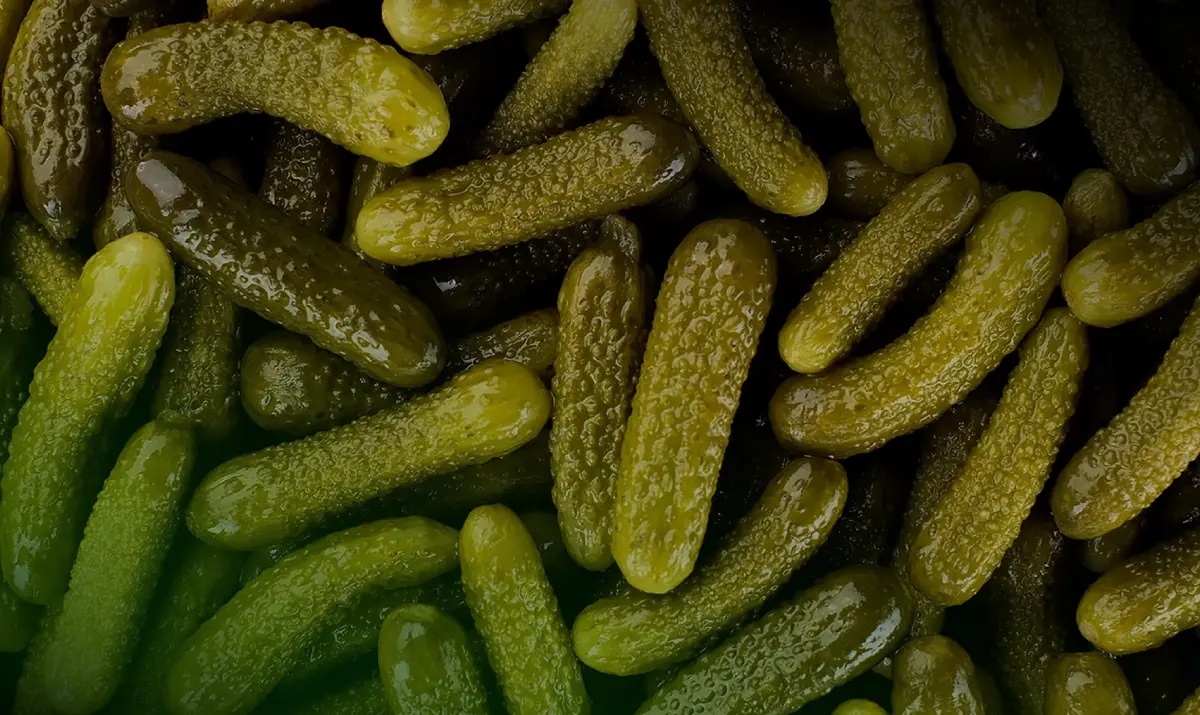Predicting Cravings Before They Happen
Picture this: you’re walking past a bakery, and before you even see the cookies, your mouth starts watering. That’s not magic—it’s flavor anticipation, and it might just be the most underrated force in product innovation today.
In a world where food and beverage trends rise and fall faster than you can say “pumpkin spice,” the ability to predict what people will crave next is a strategic superpower. And science says: your brain’s already ahead of you.
The Brain on Taste: Anticipation is the Reward
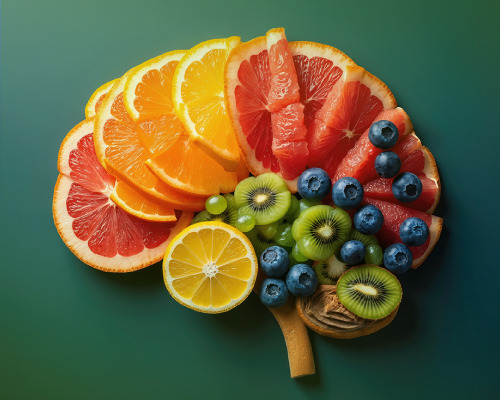
Neuroscience backs this up. In a 2002 fMRI study, researchers found that the anticipation of a preferred taste activated reward centers in the brain—even more strongly than tasting it did. The motivation and pleasure centers of the brain lit up just thinking about a flavor.
That means when you daydream about a tangy, crunchy pickle or a melty chocolate truffle, your brain isn’t just recalling—it’s experiencing pleasure. Anticipation itself becomes part of the reward loop. And products that tap into this mechanism are more memorable, more craveable, and more likely to become habits.
According to anticipatory design studies, early-stage preference alignment increases product success probability by up to 23% in CPG categories.
The Brain on Taste: Anticipation is the Reward
Neuroscience backs this up. In a 2002 fMRI study, researchers found that the anticipation of a preferred taste activated reward centers in the brain—even more strongly than tasting it did. The motivation and pleasure centers of the brain lit up just thinking about a flavor.
That means when you daydream about a tangy, crunchy pickle or a melty chocolate truffle, your brain isn’t just recalling—it’s experiencing pleasure. Anticipation itself becomes part of the reward loop. And products that tap into this mechanism are more memorable, more craveable, and more likely to become habits.
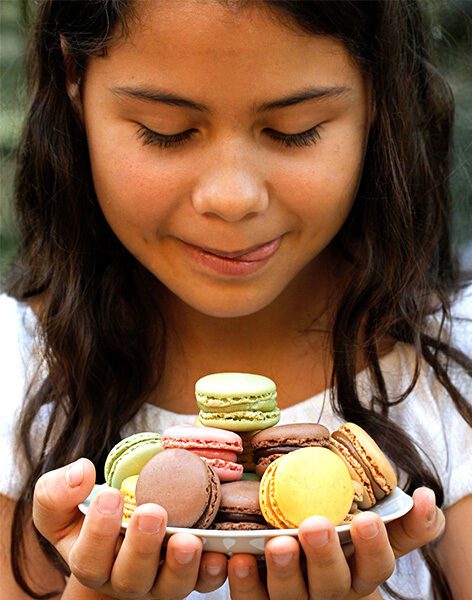
According to anticipatory design studies, early-stage preference alignment increases product success probability by up to 23% in CPG categories.
Tools of the Craving Trade
Today’s flavor developers aren’t just mixing and matching ingredients—they’re working with algorithms, biometrics, and behavioral data. Here’s what’s on the cutting edge:
Predictive systems can now suggest which flavor variations will spark peak craving response in a target segment, down to time of day and emotional context. Think of it as the intersection of neuroscience and nacho dust.
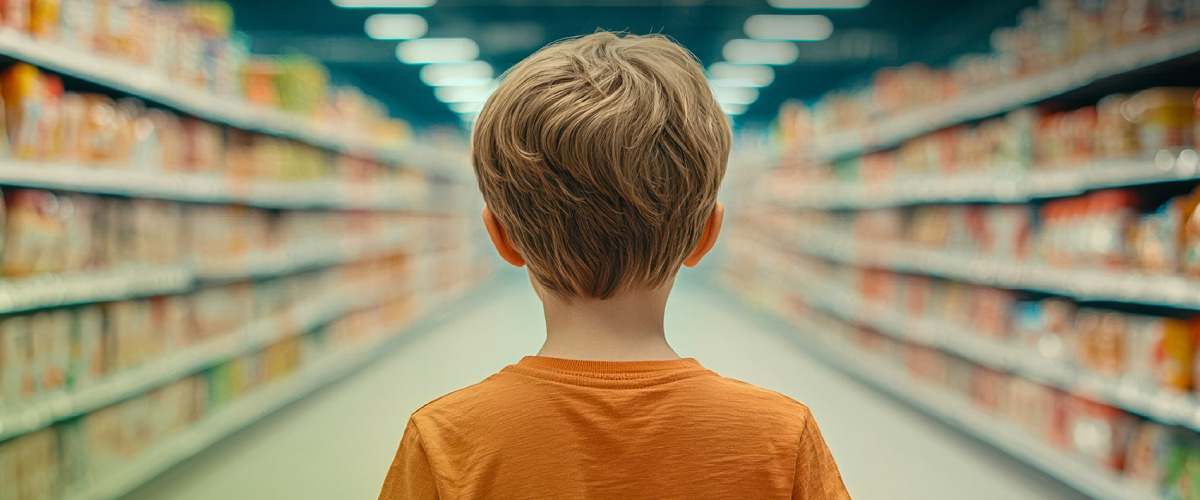
Real-World Wins: Flavor That Sticks
One flavor innovation team recently used anticipatory brain mapping to compare reactions to three beverage profiles. Interestingly, the version that activated the strongest brain response before tasting—not the one rated best in a taste test—was launched. It went on to outperform its peers by 31% in trial-to-purchase rates.
We’re also seeing a wave of “craving-forward” categories—snacks, functional beverages, and wellness products designed not just for flavor, but for emotional and textural impact. One study found that texture alone influenced consumer preference more than flavor in up to 40% of test cases.
What’s Next: From Flavor Forecasting to Craving Engineering
We’re entering a world where cravings themselves can be designed—and that brings both opportunity and responsibility.
On the one hand, we could use this power to make healthier foods more appealing. Imagine a kale chip that your brain lights up for like it’s kettle corn.
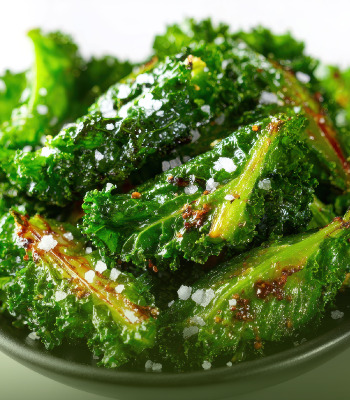
On the other hand, the ethics of subconscious influence deserve attention. Where’s the line between delight and manipulation? And what kind of data will we need to ensure we’re doing this responsibly?
Future research will likely focus on how sensory memory forms, how emotional states affect flavor preference, and how cultural context shapes anticipation. For now, one thing’s clear: flavor innovation isn’t just about taste—it’s about timing, memory, and motivation.
And let’s be honest: if your tongue is already tingling by paragraph four, then we’re well on our way.
Insights & Trends

When Texture Talks Louder Than Taste
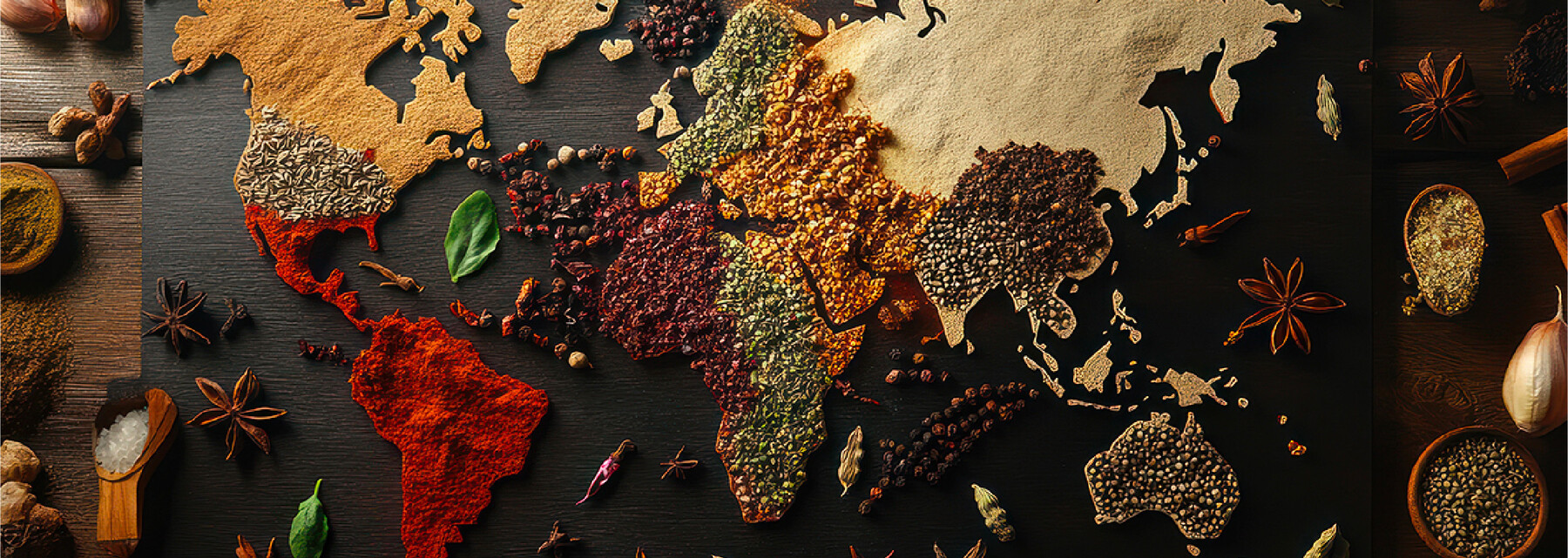
Spice. Sprinkle. Savor.
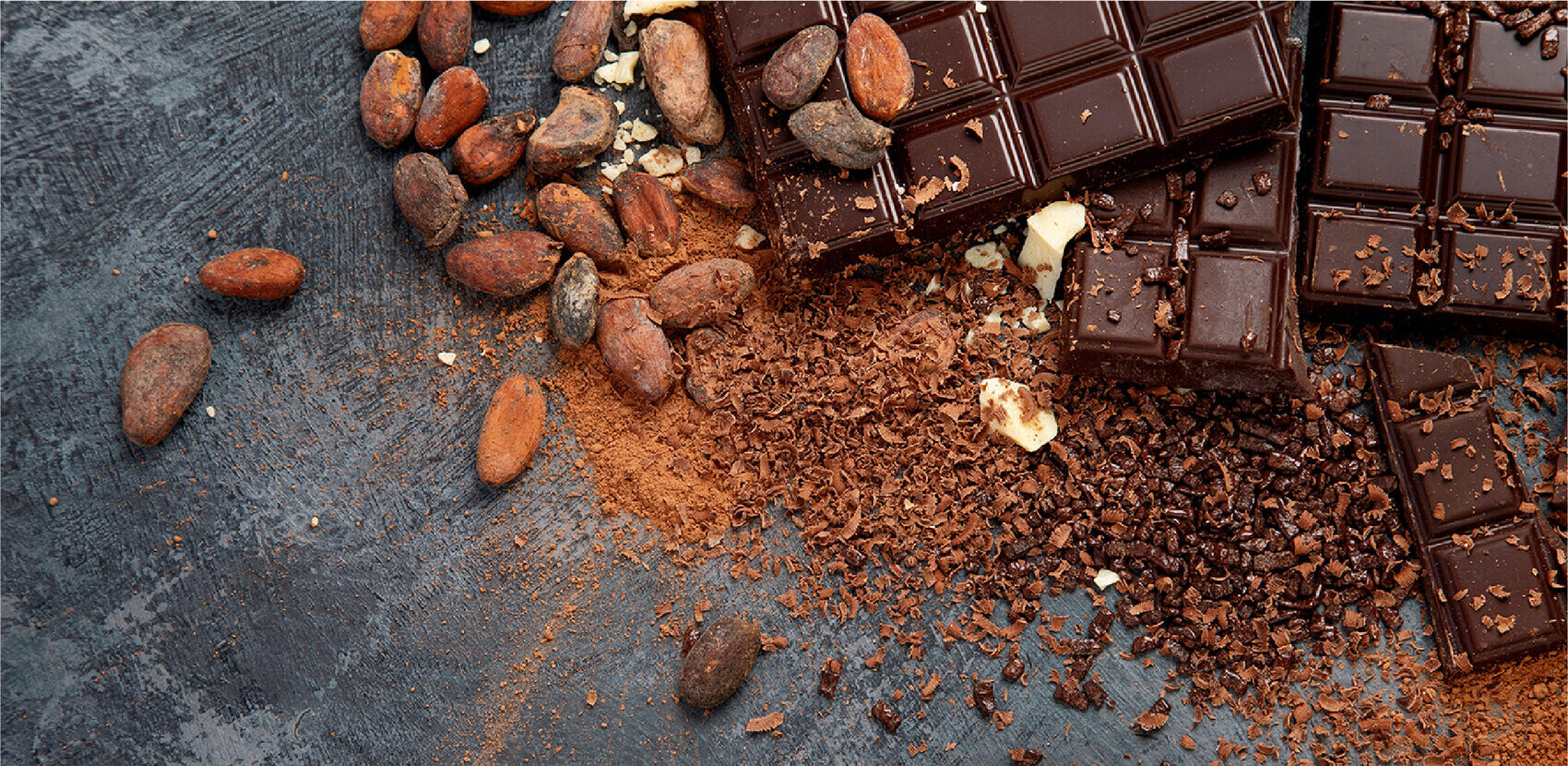
When Less Is More
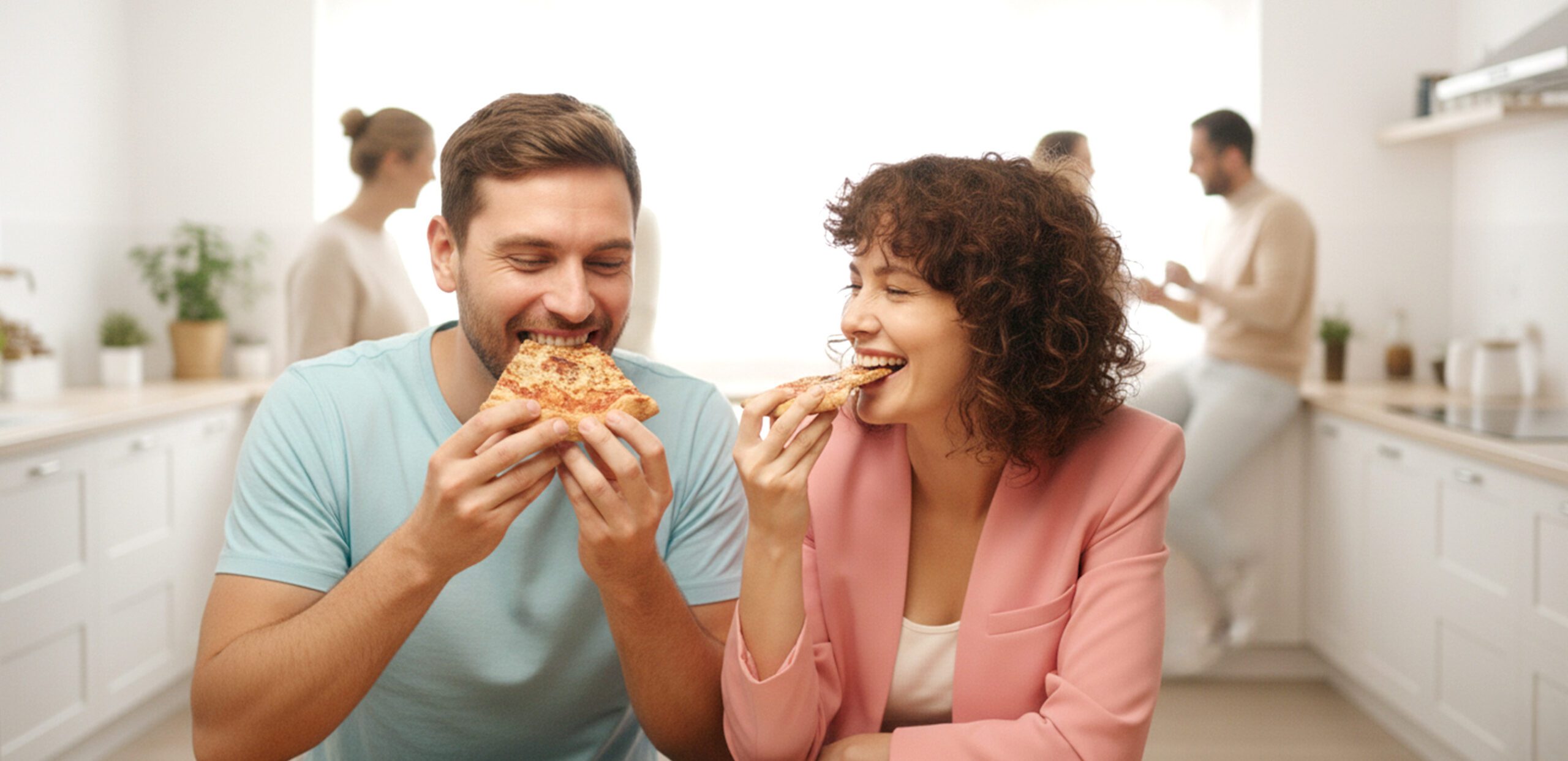
From Snack to Savor

Precision Fermentation
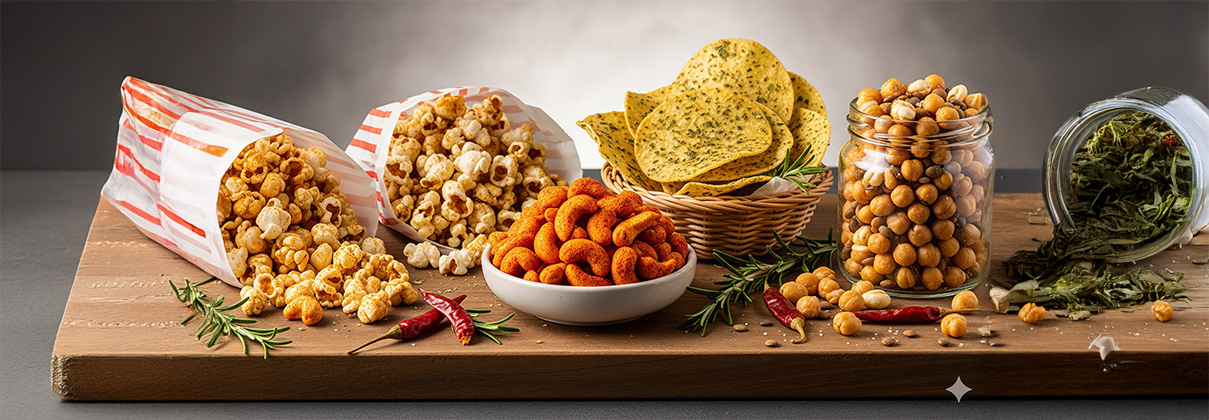
Snackification Nation
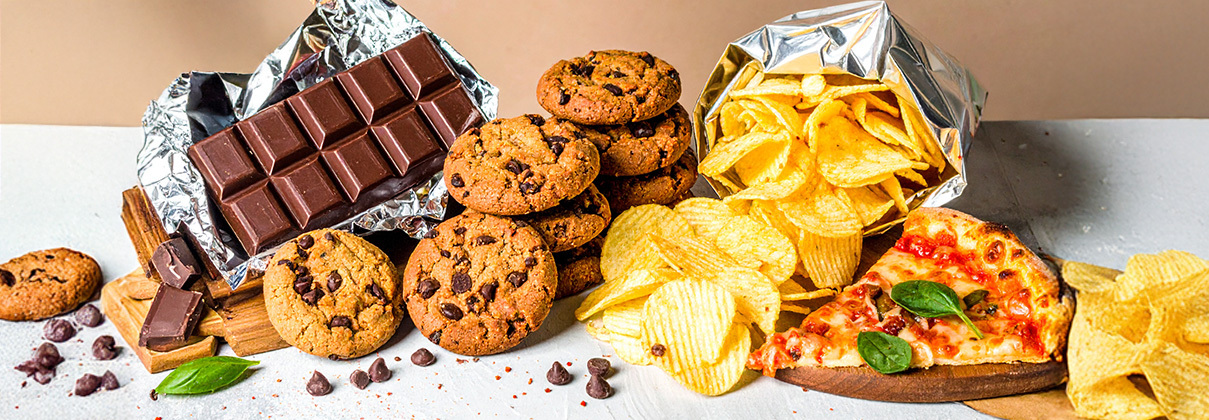
Snack to the Future

Fizz With Benefits
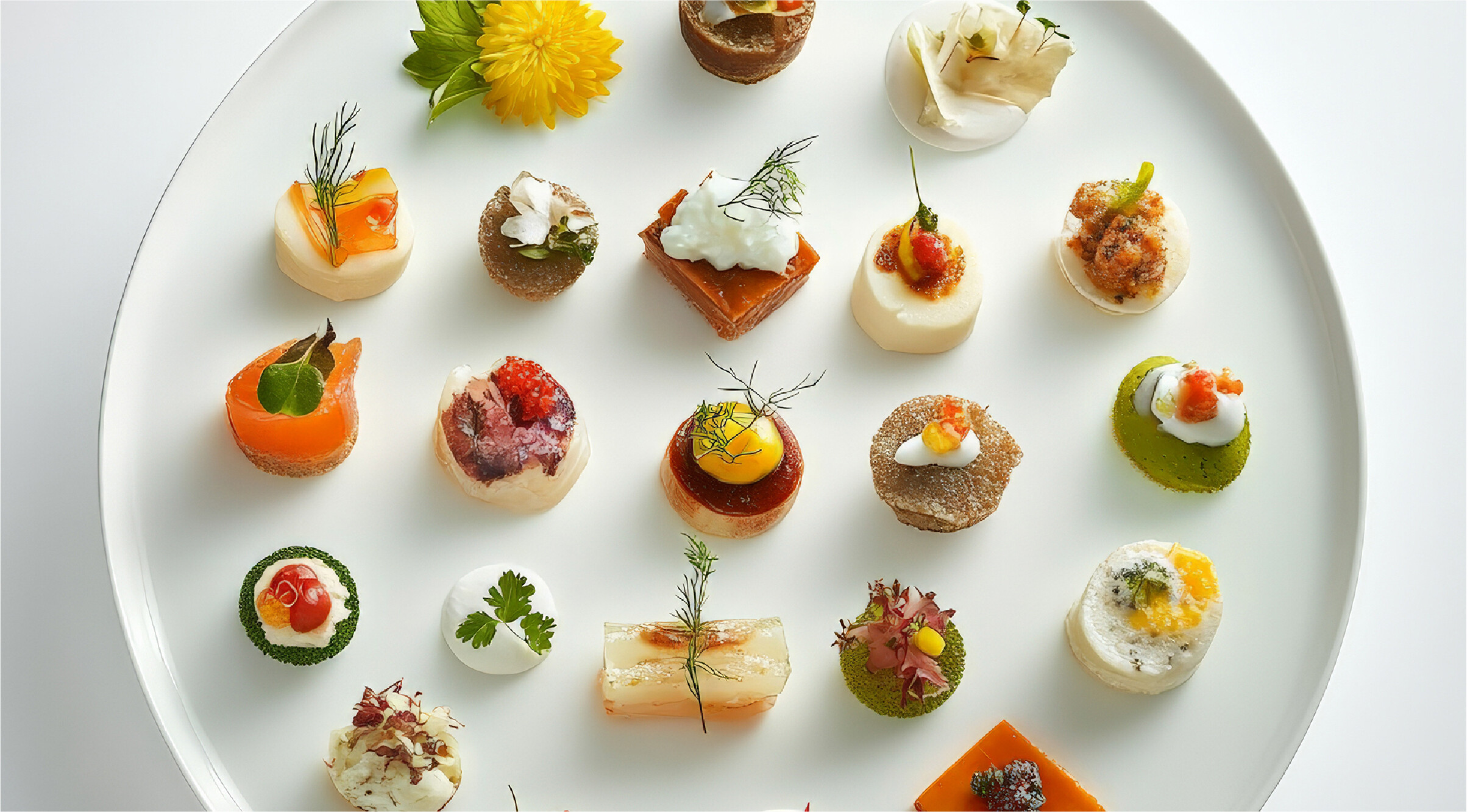
Satisfy in a Single Bite
